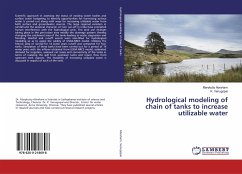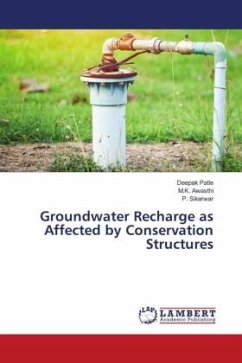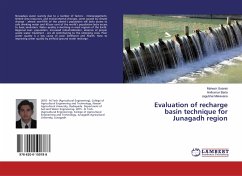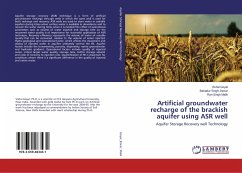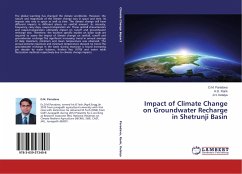The canal irrigation system in the Indus Basin is facing a number of operational problems resulting in very high degree of losses of water during conveyance as well as during the application of irrigation to crops. These water losses on one hand result in constrained water supplies of canal water but on the other hand provide a source of recharge to the Indus Basin aquifer. Because of increasing scarcity of surface water resources, minimization of recharge through lining is one of the alternatives. Consequently, lining of different components would influence the recharge potential differently. In order to respond to the question of recharge contribution from irrigation conveyance system components, this study was carried out to measure and assess the recharge contribution from canals and distributaries through field investigations and computer simulation techniques, to evaluate the recharge contribution from watercourses and fields (tertiary irrigation system) using field investigation techniques and to compare the contribution of watercourse system to the recharge potential under lined and unlined options.
Bitte wählen Sie Ihr Anliegen aus.
Rechnungen
Retourenschein anfordern
Bestellstatus
Storno



